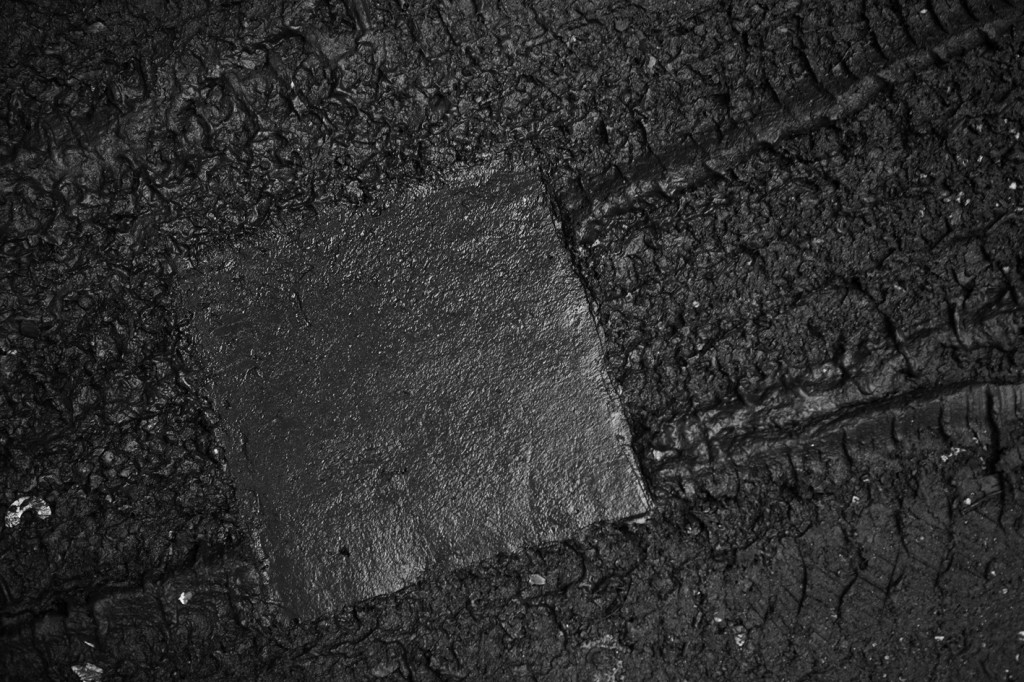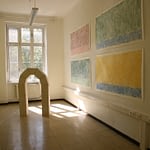3rd exhibition of the exhibition series “Together – Art & Design” a project of the Viennese furniture designer Nin Prantner in collaboration with the art historian and free Kuartor Lucas Cuturi.
Roman Pfeffer’s art, which has quite minimalist traits, always puts different factors in relation to each other. His approach rarely lacks a certain sense of irony.
Pfeffer’s works are always extremely precisely elaborated and reduced to the bare essentials.
This is also the case in his series “Interventions Berlin Lichtenberg”, in which the artist finds the cube in various situations at various points of the shape of the square or its three-dimensional equivalent. Be it in the sand pile of a building site on a weed that accumulates between cobblestones or in the mud on which a square emerges next to the profile of a car. These coincidences are documented by the “honest” medium of photography. Only that in this case, for once, not the photograph, but the location itself was manipulated.
In the picture object “K 24”, the artist deals with the phenomenon of cause and effect. All too often one would like to know how something works or what effects an action has. Here, what is shown immediately provides the explanation. The abbreviation “K 24” is the common name for abrasive paper, which achieves a rather coarse abrasive effect.
In his installation entitled “Surface of a pedestal with dimensions of 120 x 30 x 30 cm” the artist also deals with one of the most important vehicles of the art business, which serves to raise a work of art, namely the pedestal. Here, too, the artist once again uses the means of transformation to make a desired statement. Roman Pfeffer has literally removed the skin from this, here proverbial, pedestal and now presents to the interested art public both the “naked” pedestal and its removed skin, in the form of a pyramidal piled up white hill of lacquer, which in turn is protected by a glass fall from the curious hands of the viewer. If one spins this picture further in thought and associates art with religion, one can describe this process of moulting as an almost barbaric process in which the pedestal, as one of the most important representatives of the exaltation of art, has to suffer a kind of martyrdom in order to be presented to the gawking crowd. What at first glance seems very ironic can therefore be understood as a critical approach to human behaviour and the pedestal, which normally serves to elevate a work of art to an object of desire, becomes a kind of manifestation of human curiosity.
Text: Lucas Cuturi
Exhibition period: 11 October 2011 to 21 November 2011
Links: www.romanpfeffer.com, www.nin.at



